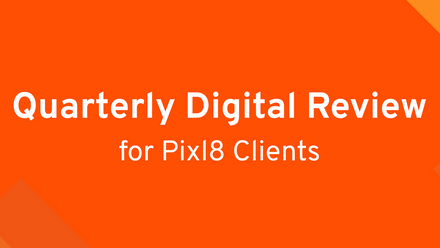How can college websites differentiate themselves?
The website is usually a major port of call for many prospective college and university students. And, it plays an increasingly important role. With statistics from UCAS revealing a continued drop in UK student applications universities have to work harder than ever to meet the rising student expectations and ensure their institutions can differentiate themselves.
As a result, we’ve seen some pretty major changes in higher education web site design and functionality. Here are some of the big reasons user experience for 16-19 year olds is so important: -
- Brand consistency
When we think about prospective students as the web visitor, then these young people are often visiting many similar web sites whilst online. They are comparing institutions and searching for specific information on every website.
This makes it important for every page to have a clear brand identity so that students can be clear on where are. It’s also important to easily convey brand values and priorities through content, design, imagery and functionality.
- Reputation
Visitors will be making numerous judgements about an institution based on what they see and do on its web site. For example, if a site looks “too cool” some students may perceive the college as expensive.
Higher education has very dynamic web user expectations and they will match their online experiences with their on-campus ones when it comes to reputation, credibility, accessibility and so on.
A good website clearly showcases the strengths of individual departments and the university as a whole – visually, verbally and personally.
- Connection
One of the clear trends we’re seeing thanks to Internet speeds and availability is bigger images. This is important because it enables students to really experience a sense of place.
When imagery is used well – on brand, and real rather than stock – they can really help students picture their new home, make an emotional connection and visualise themselves living and working there.
- Consumable content
Smaller, bite-sized chunks of information is another must-have for this age range of web visitors. Content should not only be timely, relevant and relatable, but should clearly emphasize an institution’s strengths and achievements to make the comparison and choice easier. Great college websites often feature short infographics and useful side bars.
- "Show, don’t tell"
Young adults don’t like to be told. They prefer to be shown, preferably through real stories of how, when and where the institution has delivered on it promises. Proof points, case studies and interviews can be powerful here.
- Responsive & mobile
According to a 2016 survey by the Office for National Statistics, 75% of adults had used the internet ‘on the go’ using a mobile phone or smartphone, portable computer or handheld device. Almost all adults aged 16 to 24 (97%) had accessed the internet ‘on the go’, compared with only 33% of those aged 65 years and over.
Mobile web browsing to 16-19-year-olds is a big deal. They need responsiveness and easy scrolling as standard.
I read a US survey this week in which 24% of students had taken a college off their list because of a bad web experience. That’s a sobering thought.
What trends have you seen? We’d love to hear from you.






